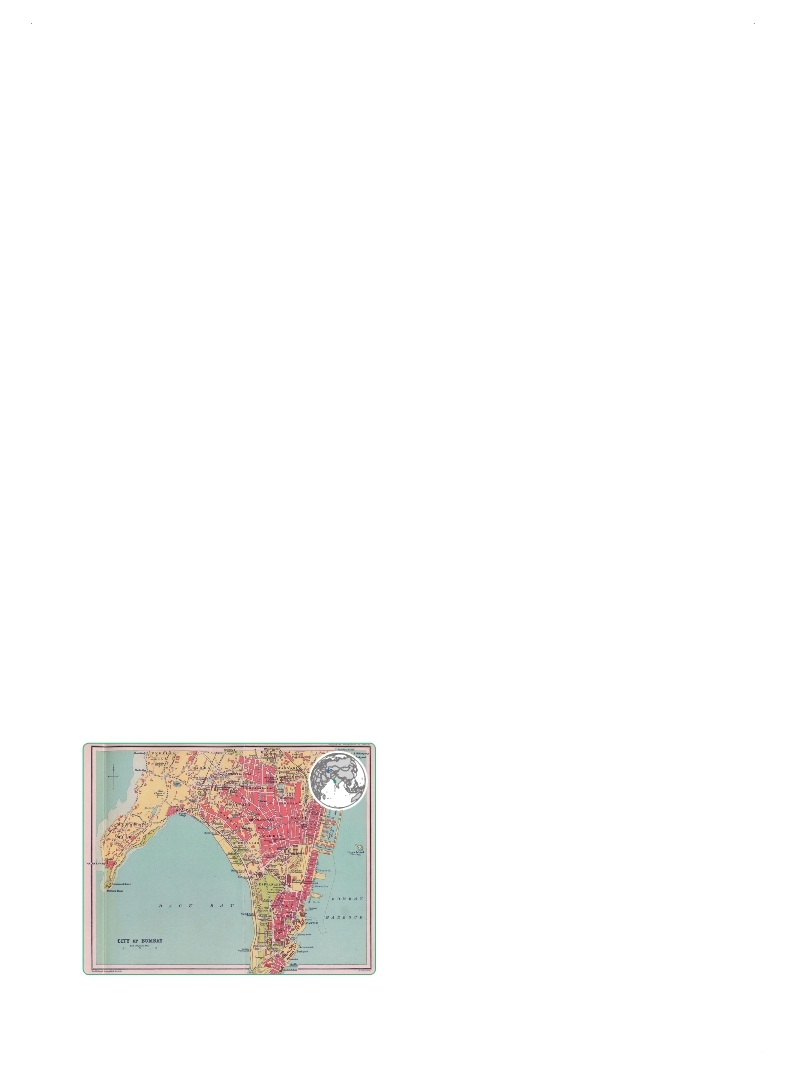 |
Global Assessment Report on Disaster Risk Reduction 2015
Making development sustainable: The future of disaster risk management |
 |
Global Assessment Report on Disaster Risk Reduction 2015
Making development sustainable: The future of disaster risk management |
|
|

178
Part III
On 26 July 2005, Mumbai was brought to a halt by severe flooding. Water supply, drainage and sewerage, all forms of public transport, power and telecommunications collapsed across wide areas (Revi, 2005
Revi, Aromar. 2005,Lessons from the Deluge Priorities for Multi-Hazard Risk Mitigation, Economic and Political Weekly (September 3, 2005): 3911-3916.. . Carpenter, Guy. 2006,Natural Hazards Review 2005, Instrat Briefing. February 2006.. . Hallegatte, Stéphane, Nicola Ranger, Sumana Bhattacharya, Murthy Bachu, Satya Priya, K. Dhore, Farhat Rafique, P. Mathur, Nicolas Naville, Fanny Henriet, Anand Patwardhan, K. Narayanan, Subimal Ghosh, Subhankar Karmakar, Unmesh Patnaik, Abhijat Abhayankar 2010,Flood Risks, Climate Change Impacts and Adaptation Benefits in Mumbai: An Initial Assessment of Socio-Economic Consequences of Present and Climate Change-Induced Flood Risks and of Possible Adaptation Options, OECD Environment Working Papers No. 27. Paris: OECD Publishing.. . Ranger, Nicola, Stéphane Hallegatte, Sumana Bhattacharya, Murthy Bachu, Satya Priya, K. Dhore, Farhat Rafique, P. Mathur, Nicolas Naville, Fanny Henriet, Celine Herweijer, Sanjib Pohit and Jan Corfee-Morlot. 2011,An assessment of the potential impact of climate change on flood risk in Mumbai, Climatic Change, Vol. 104, Issue 1: 139-167.. . Dossal, Mariam. 2005,A Master Plan for the City: Looking at the Past, Economic and Political Weekly, Vol. 40, No. 36 (Sep. 3-9, 2005): 3897-3900.. . Mumbai’s 150-year-old municipal government was unprepared and unable to organize an effective response. Many administrative and political institutions were paralysed, seemingly in a state of shock (ibid.). And yet city life continued, no riots broke out, and Mumbaikars soon organized themselves for a speedy response and recovery.1 The event and its immediate aftermath highlighted not only limitations but also the existence of a civic culture.
The 2005 floods affected a city of around 13 million people.2 Mumbai has now grown to more than 20 million (UNDESA, 2014b
UNDESA (United Nations Department of Economic and Social Affairs). 2014b,World Urbanization Prospects, 2014 Revision. Highlights. United Nations, New York.. . class. By 2020, the city is projected to have the highest population density in the world (ibid.).
Mumbai is no stranger to risk management challenges. At the end of the nineteenth century, failures in urban planning, regulation and public investment resulted in a devastating outbreak of the bubonic plague (Gandy, 2008
Gandy, Matthew. 2008,Landscapes of disaster: water, modernity, and urban fragmentation in Mumbai, Environment and Planning A, 40 (1): 108-130.. . In 1908, Arthur Crawford, Municipal Commissioner from 1865 to 1871, published plans for urban renewal that provided for adequate housing, water supply, drainage and waste management systems (Crawford, 1908
Crawford, A.T. 1908,The Development of New Bombay: A Pamphlet, Bombay.. . Dossal, Mariam. 2005,A Master Plan for the City: Looking at the Past, Economic and Political Weekly, Vol. 40, No. 36 (Sep. 3-9, 2005): 3897-3900.. . Mumbai continued to grow rapidly in the twentieth century at the same time as being exposed to a multitude of physical and technological hazards, including earthquake, cyclone, storm surge, landslide, rainstorm and local flooding, sea level rise, drought, and nuclear and industrial accidents. With the 2005 floods, the strategic and competitive advantages provided by location, history, and the resulting concentration of capital, human resources and technology seemed to have been overtaken by a dramatic accumulation of both systemic and idiosyncratic risks (Revi, 2005
Revi, Aromar. 2005,Lessons from the Deluge Priorities for Multi-Hazard Risk Mitigation, Economic and Political Weekly (September 3, 2005): 3911-3916.. . Today, more than half of the population lives in informal settlements (Bertaud, 2011
Bertaud, Alain. 2011,Starving Mumbai from infrastructure investments and new floor space: A critique of Mumbai’s Malthusian urban policy over the last 40 years, Mumbai FAR/FSI Consortium.. . (Source: Bartholomew, 1908
Bartholomew, J.G. 1908,City of Bombay, Imperial gazetteer of India. New edition, published under the authority of His Majesty’s Secretary of State for India in Council. Oxford: Clarendon Press, 1907-1909. Vol. 8. Available from http:// dsal.uchicago.edu/maps/gazetteer/.. . Figure III.1 Mumbai in the early twentieth century
|
 
Page 1Page 10Page 20Page 30Page 40Page 50Page 60Page 70Page 80Page 90Page 100Page 110Page 120Page 130Page 140Page 150Page 160Page 168Page 169Page 170Page 171Page 172Page 173Page 174Page 175Page 176Page 177Page 178Page 179->Page 180Page 181Page 182Page 183Page 184Page 185Page 186Page 187Page 188Page 189Page 190Page 191Page 192Page 200Page 210Page 220Page 230Page 240Page 250Page 260Page 270Page 280Page 290Page 300Page 310
|
|
 
|
 
|
